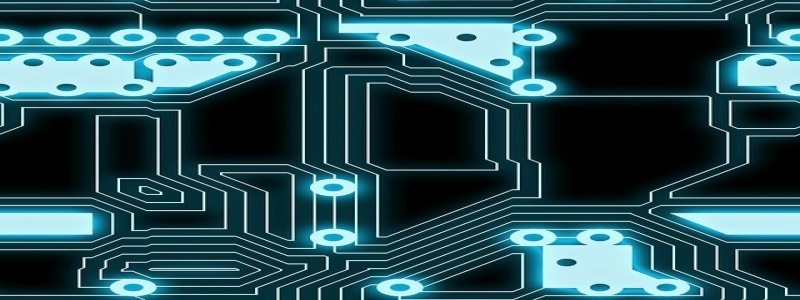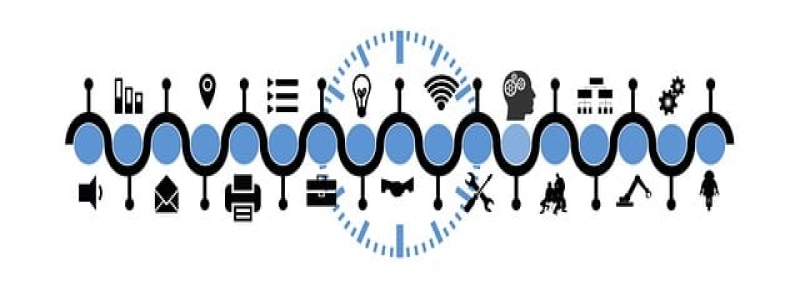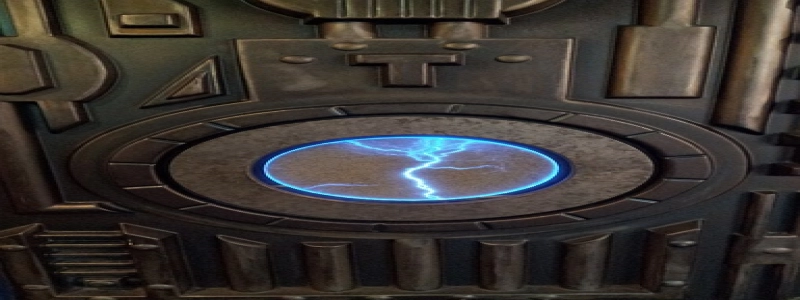Ethernet Cable by the Foot
I. Introduction
In today’s digital age, a reliable and high-speed internet connection is essential for both residential and commercial use. One crucial component that ensures a stable internet connection is an Ethernet cable. Ethernet cables are widely used to connect devices such as computers, routers, and gaming consoles to a local area network (LAN) or the internet. These cables come in various types, lengths, and qualities, but one popular option is the Ethernet cable by the foot.
II. Understanding Ethernet Cables
A. Definition
Ethernet cables, also known as network cables or LAN cables, are specifically designed to transmit data signals between devices. These cables are composed of multiple twisted pairs of copper wires enclosed in a protective outer coating.
B. Importance of Ethernet Cables
Ethernet cables serve as the lifeline of any wired network, as they enable seamless and reliable data transmission. The quality of the Ethernet cable plays a vital role in ensuring a stable and secure connection, preventing data loss and network congestion.
III. Ethernet Cable by the Foot
A. Customizable Length
One significant advantage of an Ethernet cable by the foot is its customizable length. Unlike pre-made cables with fixed lengths, Ethernet cables by the foot allow users to determine the exact length they require for their specific application. This customizable feature ensures a tidy and organized network setup without any excess cable clutter.
B. Flexibility and Versatility
Ethernet cables by the foot offer great flexibility and versatility. Users can easily cut the cable to their desired length, making it suitable for various purposes, such as connecting devices in different rooms, creating long-distance connections, or setting up complex network configurations.
C. Cost-Effective Solution
Investing in an Ethernet cable by the foot can be a cost-effective solution, especially for those who require multiple lengths of cables for diverse networking needs. By purchasing a bulk spool of Ethernet cable, users can save money compared to buying multiple pre-made cables.
IV. Choosing the Right Ethernet Cable
A. Cable Category and Speed
Ethernet cables are categorized based on their specifications and data transmission capabilities. The two most common categories are Cat5e and Cat6. Cat5e cables support speeds of up to 1 Gbps (gigabits per second), while Cat6 cables offer higher speeds of up to 10 Gbps. Consider the intended use and network requirements to determine the suitable cable category.
B. Cable Quality and Shielding
Ethernet cables come in different qualities, and the choice of cable determines the overall performance and durability. Higher-quality cables, such as those with solid copper conductors and additional shielding, can provide better signal integrity, reduce interference, and offer enhanced protection against electrical noise and crosstalk.
V. Conclusion
Ethernet cables by the foot provide a convenient and customizable solution for establishing a secure and reliable network connection. The ability to determine the desired length, coupled with flexibility and cost-effectiveness, makes these cables an excellent choice for both residential and commercial networking needs. When selecting an Ethernet cable, consider the cable category, quality, and shielding to ensure optimal performance and longevity. With the right Ethernet cable by the foot, users can enjoy uninterrupted internet connectivity and efficient data transmission across their networks.








